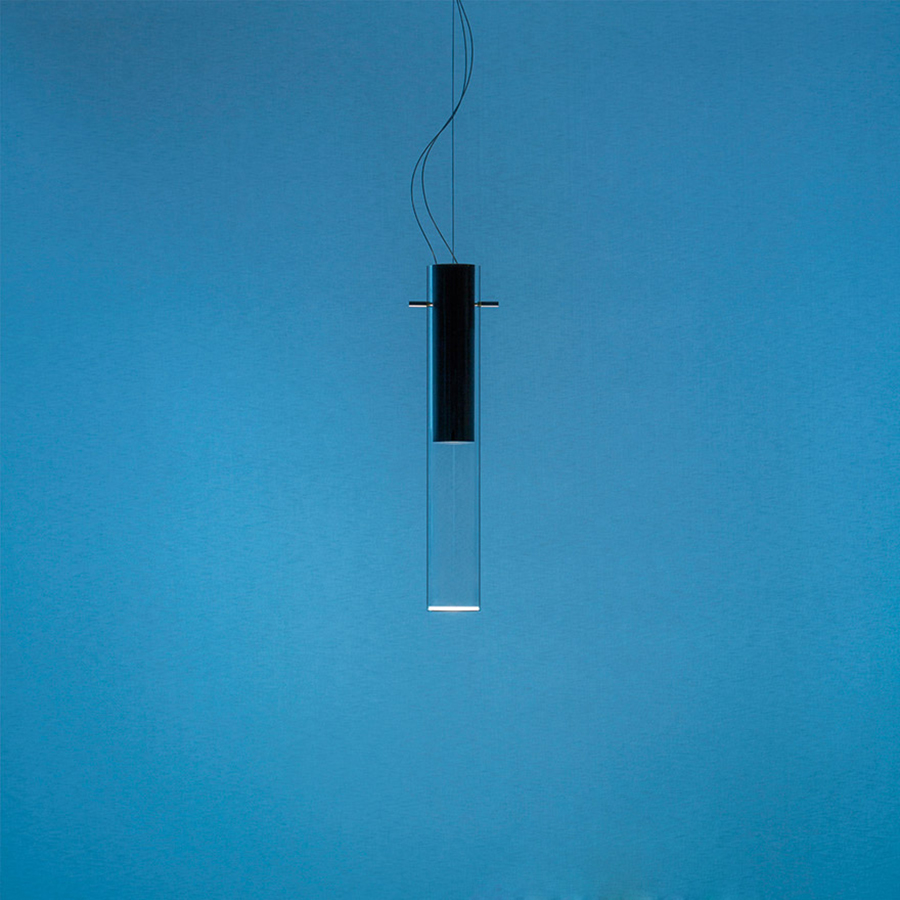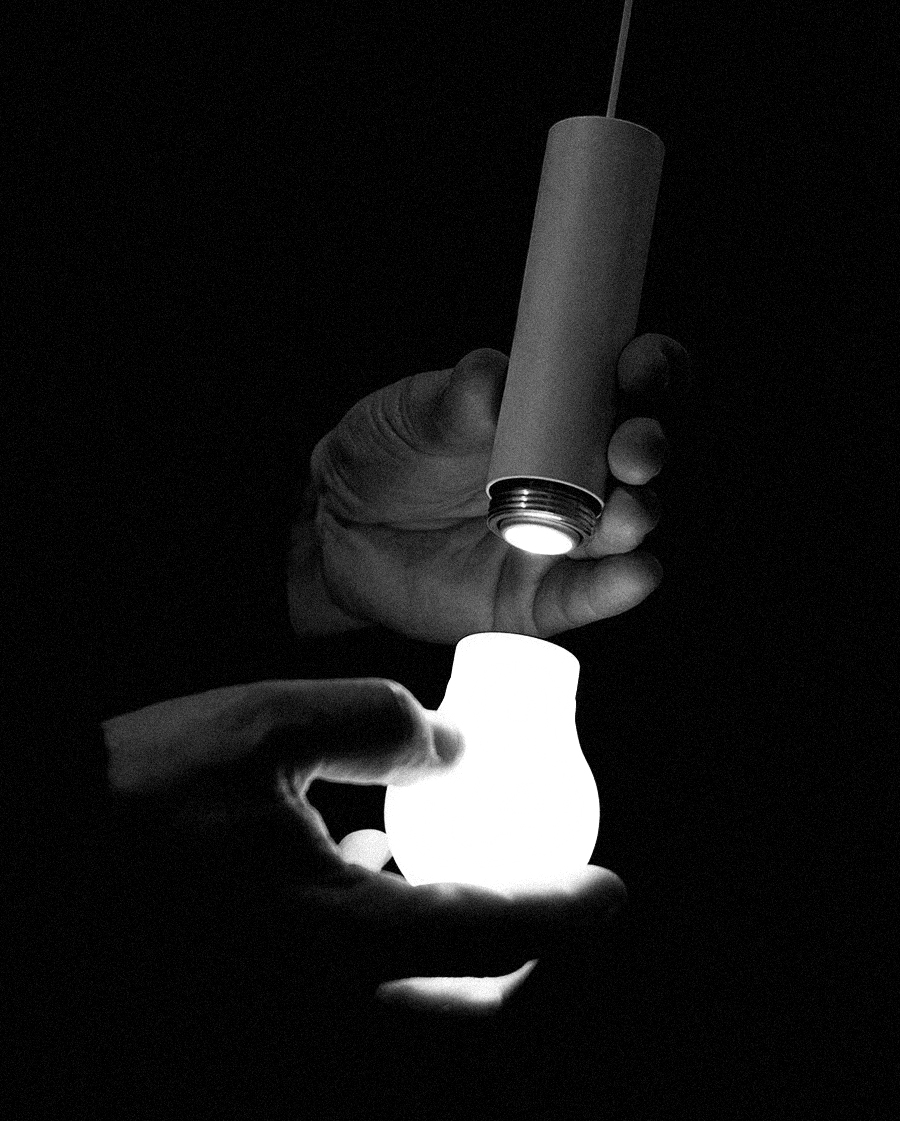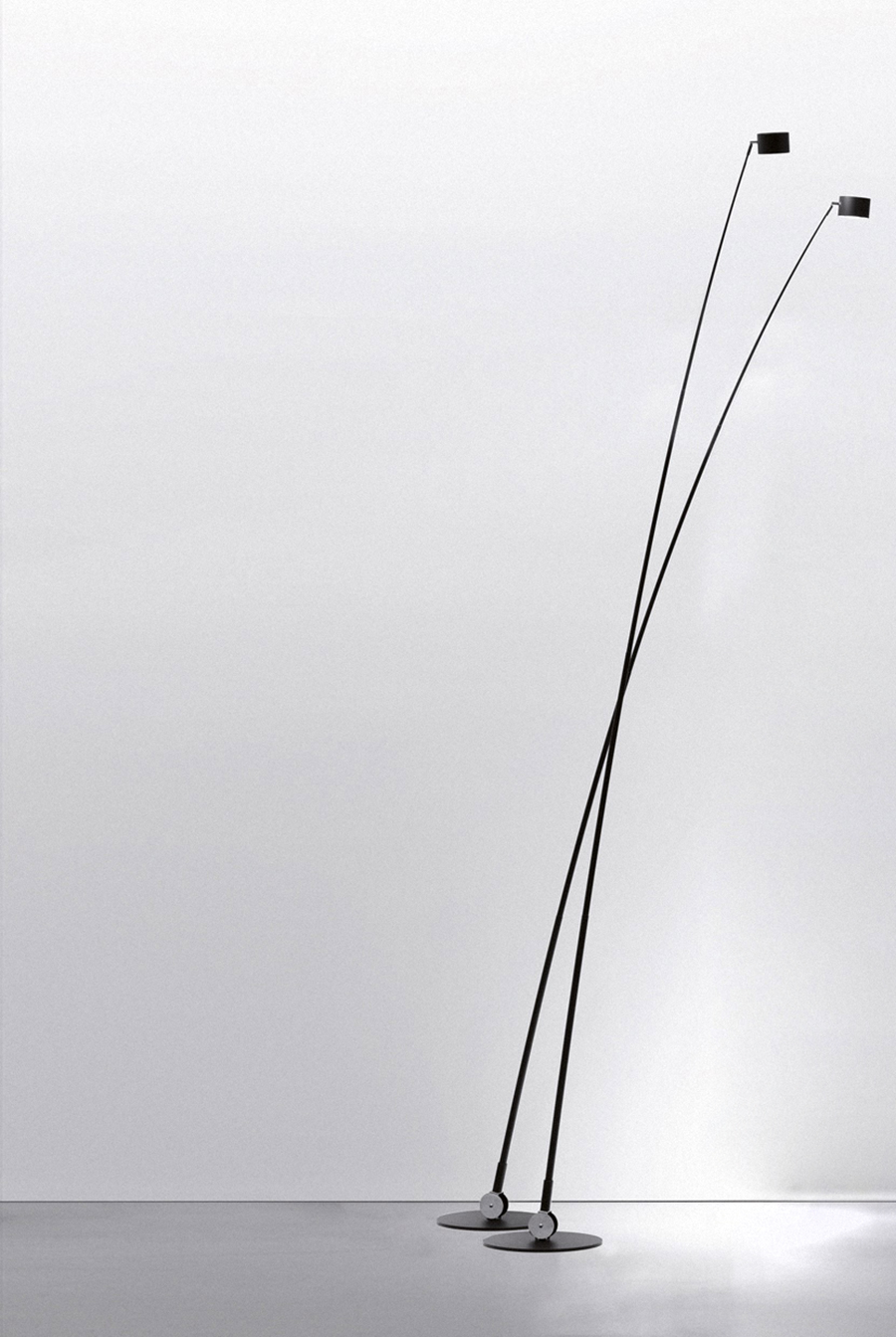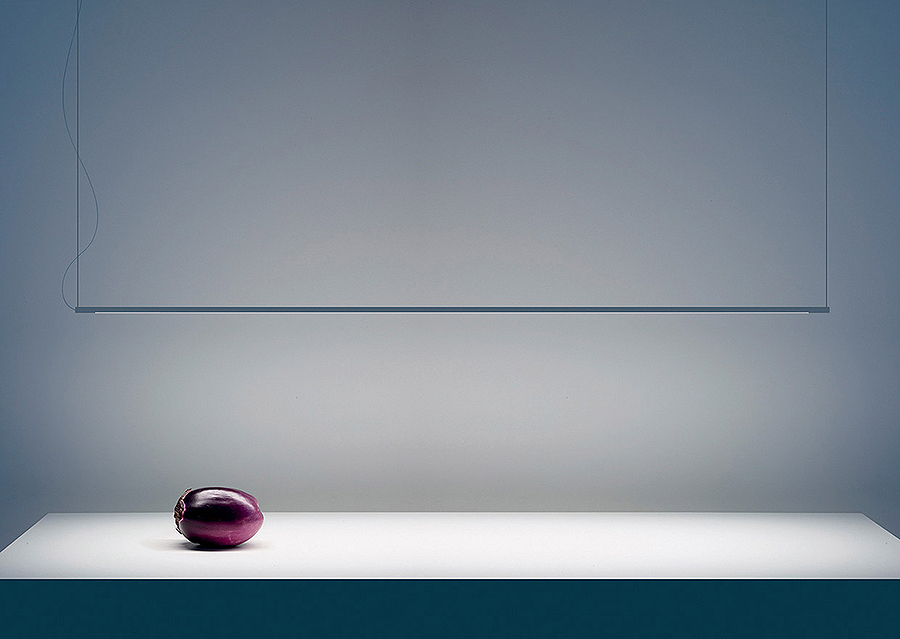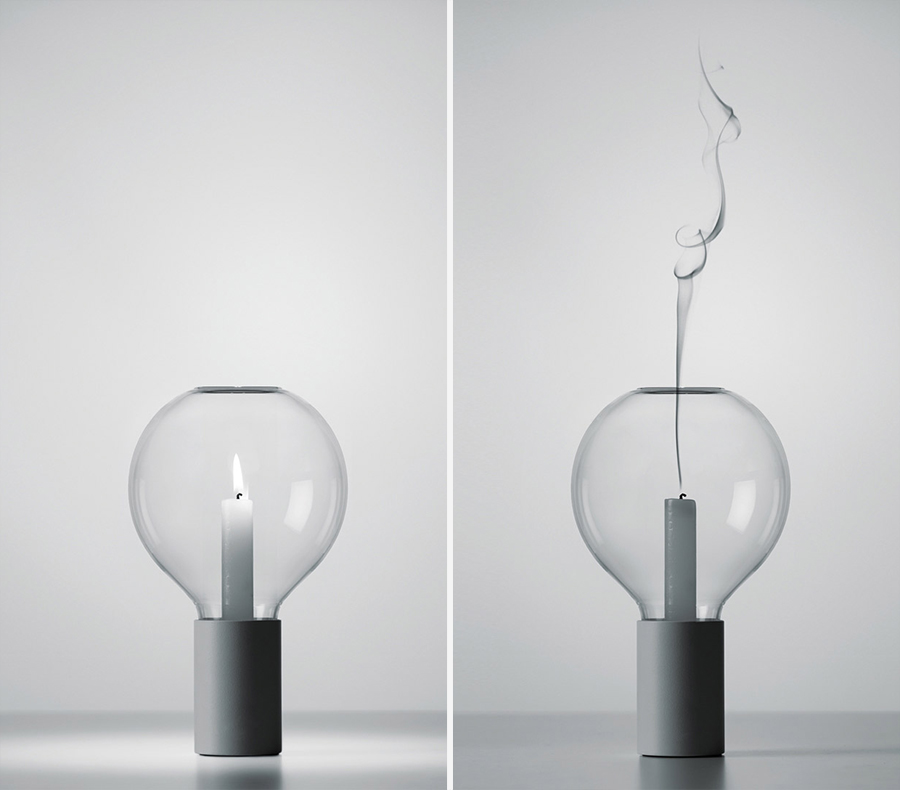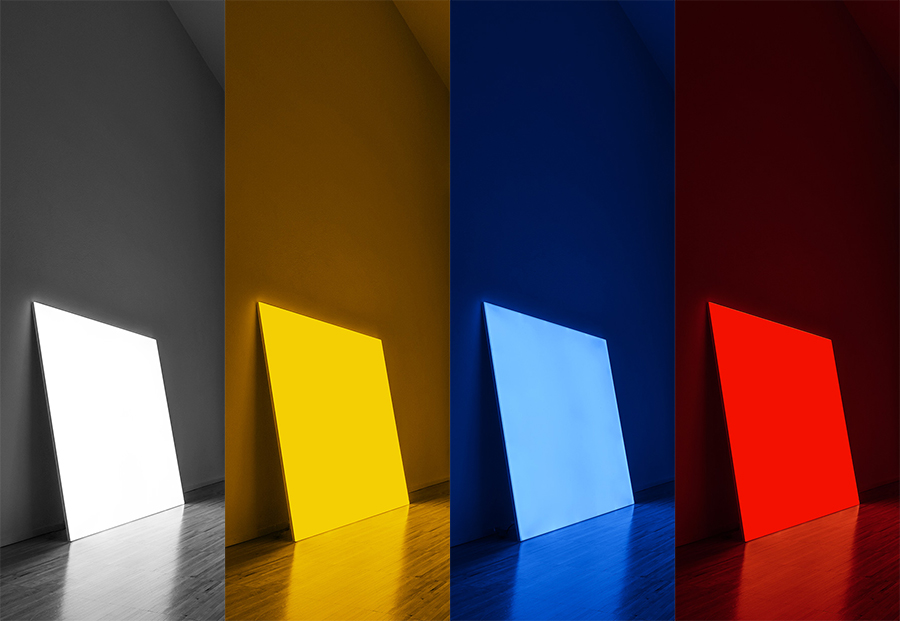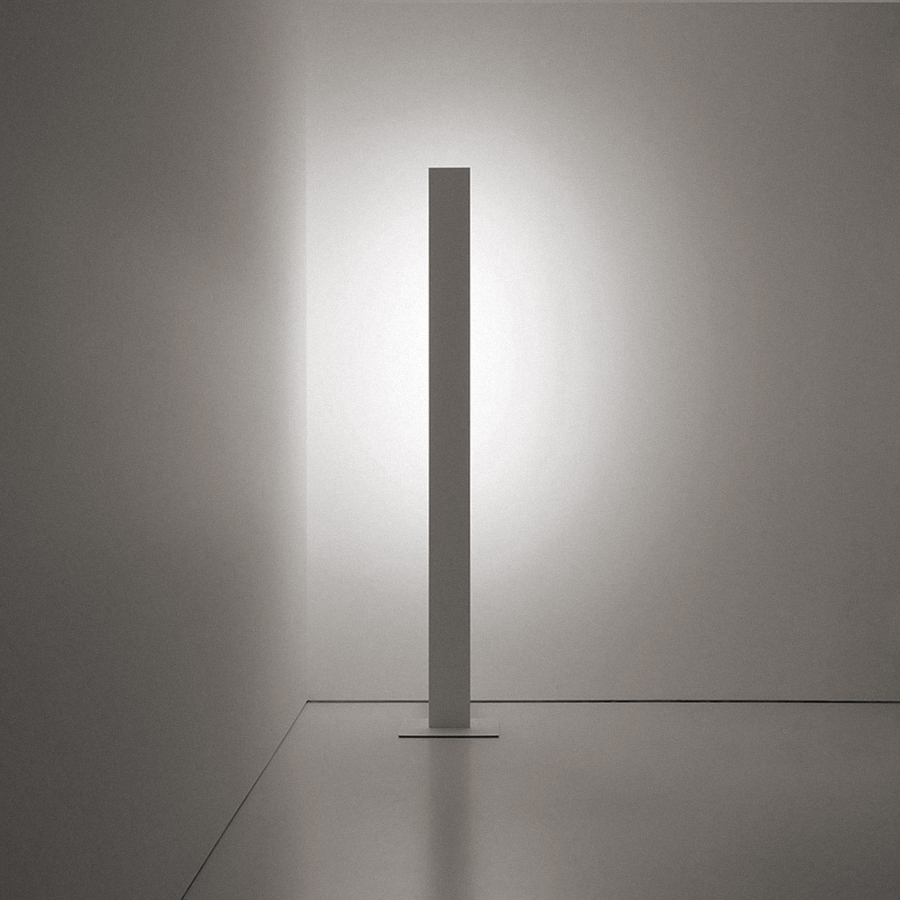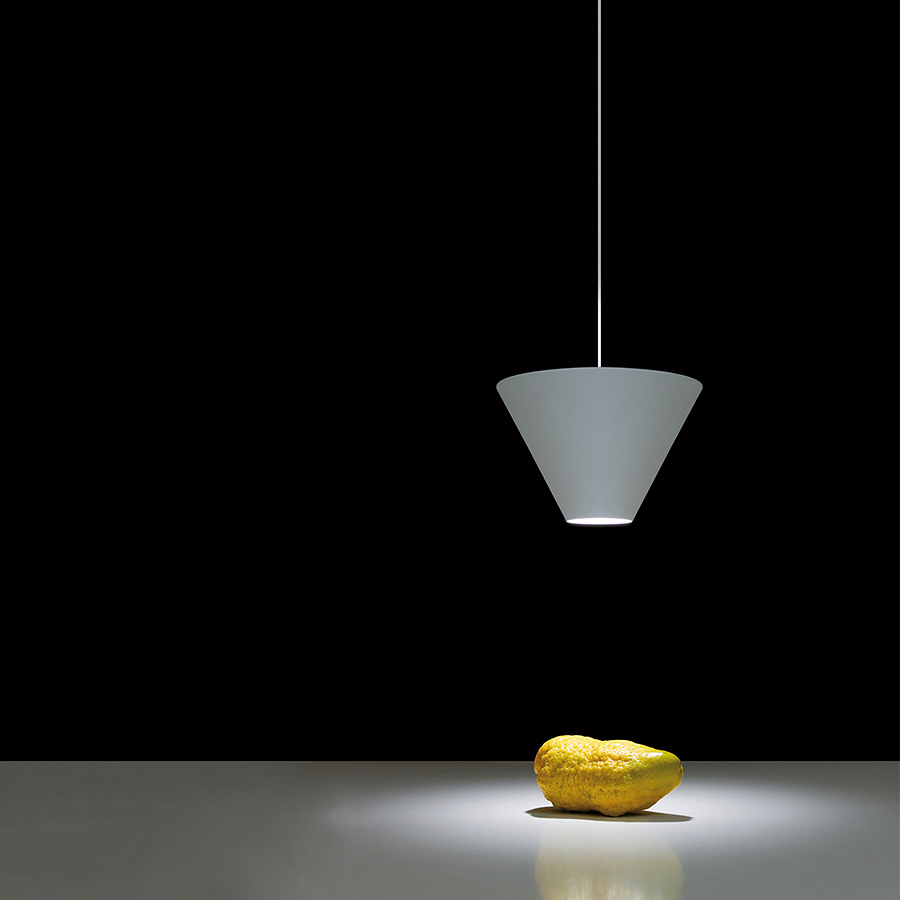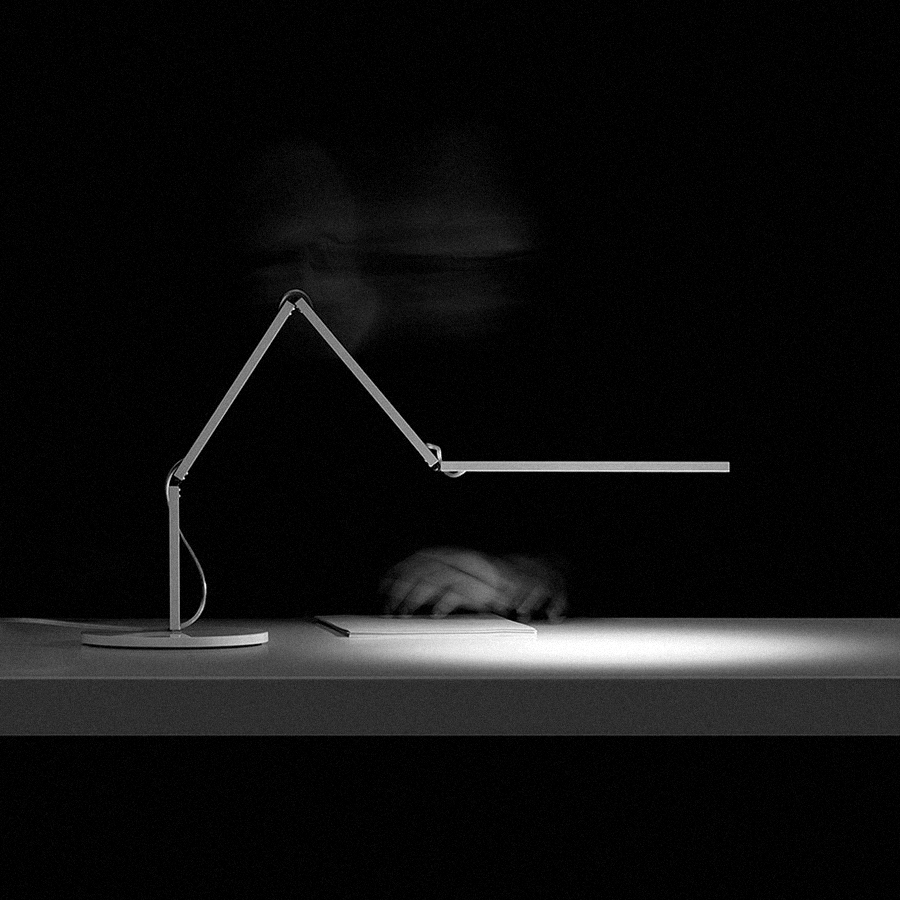Davide Groppi is an acclaimed Italian light designer and manufacturer.
Once completed the high school, he started his professional career as a draftsman. In 1988 he opened a small workshop in the core of his birthtown, Piacenza, north of Italy.
Few years later, Maddalena De Padova—founder of the eponymous furniture brand—exhibited a lamp he designed in the beautiful, historic DePadova’s showroom in Corso Venezia, Milan during the Salone del Mobile (Milan Furniture Fair). That marked Groppi’s success.
The lamps he designs and manufactures are aesthetically simple but conceptually sophisticated, featuring a beauty made of pure and minimal geometries. They are the result of authentic dedication, skill, and passion.
Recently, he was awarded major prizes including the 2011 EDIDA Prize (Elle Decor International Design Award) for “the most beautiful lamp in the world,” and two 2014 Compasso d’Oro for the lamp Nulla—“for having designed the light and not the lamp”—and Sampei—“for being both a suspension and floor lamp.”
I am proud to have such a talented designer as a fellow citizen.
Enjoy your reading,
 TO THE TOP ↑
TO THE TOP ↑
What did you want to do when you were growing up?
When I was a child, I dreamt of becoming a bricklayer. Then I became fond of math, and wanted to become a researcher. But I also would love to become a musician.
What was your educational path?
Actually I am self-taught. Once I gained the high school diploma I began to work as a draftsman. That was a great learning experience, because I could understand the way an Ufficio Tecnico (Technical Deparment)—or generally a company—works. It was also very important the figure of my father, who taught me how to build and fix things. Being “a son of the war,” he could do everything with very little. That thing—of doing something with little, with less—stayed with me to this day.
When and how did your career as a designer start? And when that one as a producer?
In my case, the experiences overlap. The first time I had the feeling of being able to do this work was in 1994, when Maddalena De Padova inexplicably decided to buy and exhibit at Salone del Mobile (Milan Furniture Fair) fourty pieces of one of my lamp, called Baloo. It was a very exciting time.
Design and production are strictly linked. What are the advantages of manage both the fields?
The ability to play the music you love. I do not ever though of designing lamps and look for someone who wanted to produce them. I wanted to make my own lamps, trying to develop my own aesthetical and cultural language. Besides, I have always been interested in the issue of consistency and communication of the project, and this is difficult to achieve when you turn to a company.
How did your design evolve since that time? And your production?
Honestly, I think of never being changed. The key components of my work are always simplicity, lightness, emotion, and invention. I have always been curios and enterprising. I am always ready to start from scratch. However, the production has changed dramatically and has become an industrial production, but in the deep of my heart I am still a craftsman.
What are your goals as a designer and as a producer?
This is a little bit trivial answer: I want to make the most beautiful lamp in the world. I do not know what that means, but when you see the most beautiful light of the world you know it. Like the light in the paintings by Caravaggio.
[Note: In 2011 he won the EDIDA Prize “for the most beautiful lamp in the world.”]
An object that was important for you as a designer?
Among my projects, the lamp Nulla. Among others one’s projects, one of those objects without an authorship, that things we use every day without knowing who invented them.
A project you would like to realize.
A light without a source.
[Note: In 2014 he won the Compasso d’Oro Award “for having designed the light and not the lamp.”]
A designer whose work you admire.
Mies van der Rohe, for his ability to say so much with so less. The theme of subtraction fascinates me very much.
What is the aim to design a new lamp?
To surprise with little, with less.
Does the choice is determined by practical needs, aesthetics, commercial?
It is often dictated by a pratical necessity.
How do you develop the design?
Together with my colleagues from the Ufficio Progetti (Design Department). A group of special people with whom I am confronted every day.
Thinking about light design, I think about the form of the light rather the form of the lamp. The light—although untouchable—strongly interacts with surrounding space. How much the space affects the form of the light? And how much the form of the light affects the shape of the lamp?
Space is light. I have always wonder about the meaning of “make light.” Illuminate a space is an activity of falsification, then I try to approach light with lightness and delicacy. About the lamp, I have a Lamarckian vision, a little bit romantic: I believe that the function always generates the organ.
What is the criterion that causes a person to choose and buy a lamp over another?
For sure usefulness, but also emotion: The ability to move something inside people.
What job would you have done if you had not become a designer and producer?
Mathematician.
Which was your favourite game when you were a child?
Lego, but I also really liked to help my father in the “garage works.”
Thank you very much.
Thank you.
© 2014-16 Davide Groppi, Nicola-Matteo Munari. All rights reserved.
TO THE TOP ↑

Archivio Grafica Italiana is the first digital resource to the Italian graphic design heritage. Founded by Nicola Munari in 2015.

Design consultancy based in Piacenza, Italy. Founded by Nicola Munari in 2015, it operates in the whole field of design.
TO THE TOP ↑

